Height 1.63 m Weight 54 kg | Event(s) 100 m, 200 m Name Samia Omar | |
 | ||
Born March 25, 1991 ( 1991-03-25 ) Died August 19, 2012, Mediterranean Sea | ||
Samia yusuf omar tribute 1991 2012 by citius altius fortius
Samia Yusuf Omar or Samiyo Omar (Somali: Saamiya Yuusuf Cumar; ; Arabic: سامية يوسف عمر; 25 March 1991 – April 2012) was a sprinter from Somalia. She was one of two Somalian athletes who competed for their nation at the 2008 Summer Olympics in Beijing, China. Omar had grown up in Mogadishu, and trained there during the Somali Civil War despite receiving harassment from local militia groups. Her story at the Olympics was covered by the media, and her performance was well received by the crowd.
Contents
- Samia yusuf omar tribute 1991 2012 by citius altius fortius
- Il racconto di samia non dirmi che hai paura samia yusuf omar
- Early life
- Sporting competitions
- Post Olympics
- Death and legacy
- References
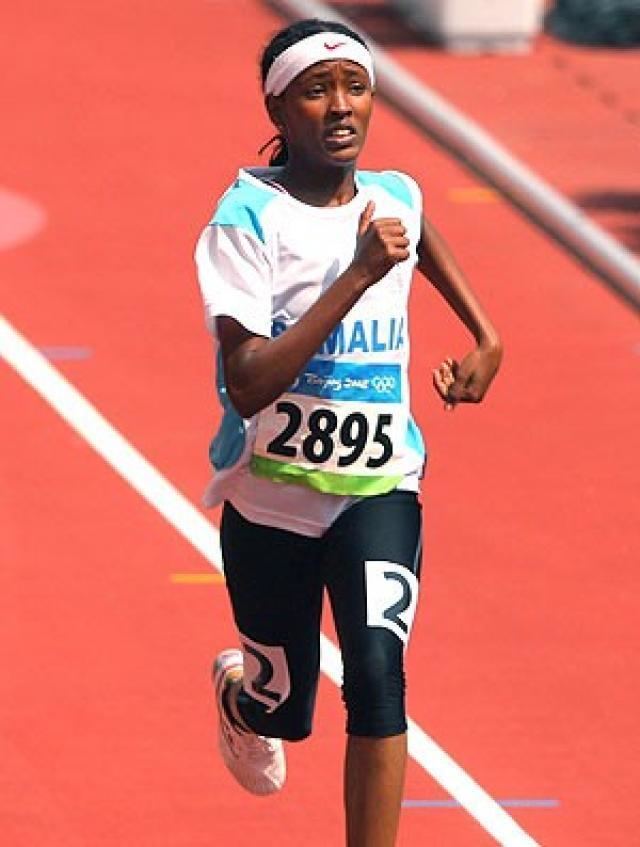
Following the Games, she hid away from athletics following threats by militant group Al-Shabaab. She ended up in a Hizbul-Islam displacement camp, and in pursuit of competing at the 2012 Summer Olympics, she crossed the border to Ethiopia looking for a safe place to train. She was trafficked north into Libya, where she was imprisoned. During the 2012 Games, it was revealed that Omar had drowned off the coast of Libya while attempting to cross the Mediterranean Sea to Italy.
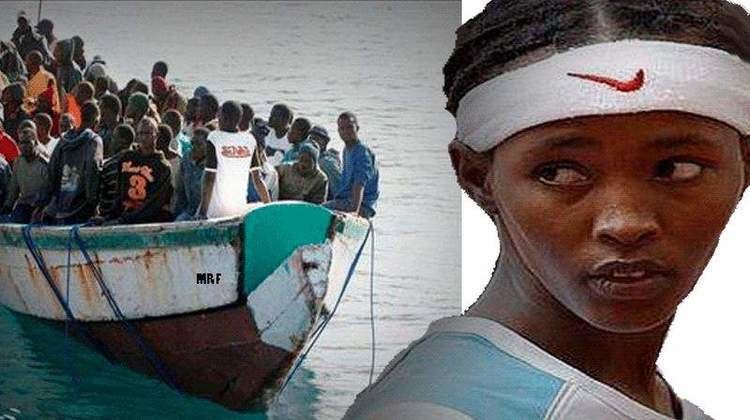
Il racconto di samia non dirmi che hai paura samia yusuf omar
Early life
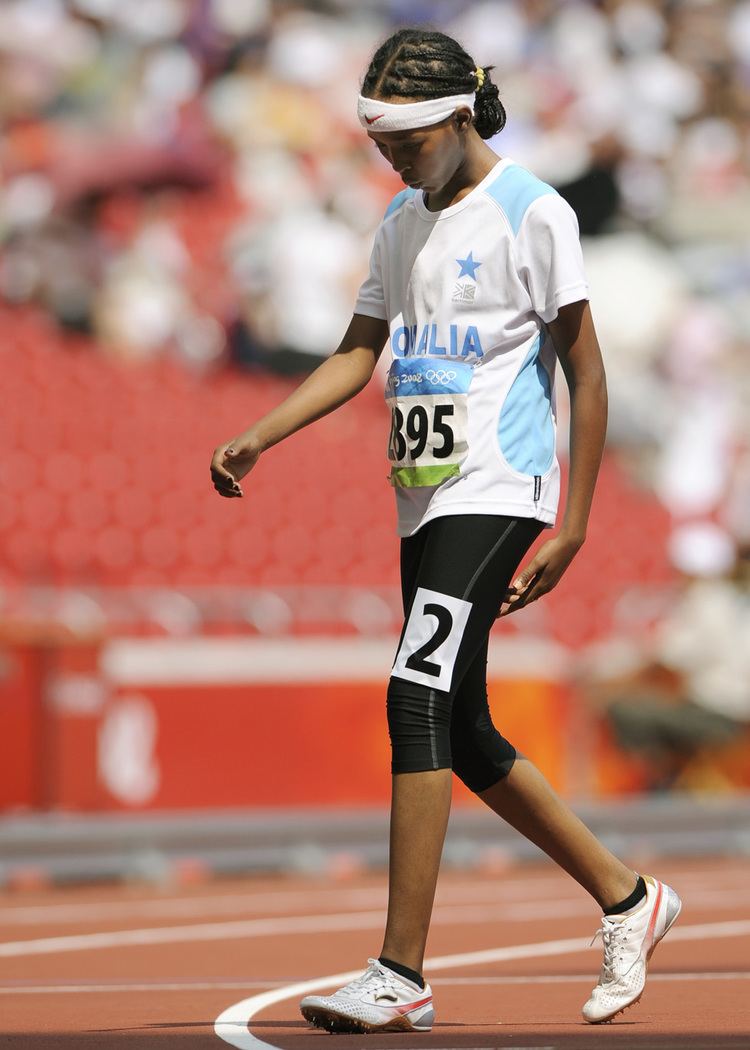
Samia Yusuf Omar was born in Somalia on 25 March 1991, to Omar Yusuf and Dahabo Ali and was the oldest of six children. Her mother was an athlete who competed at a national level within Somalia. The family came from one of the country's minority ethnic groups.
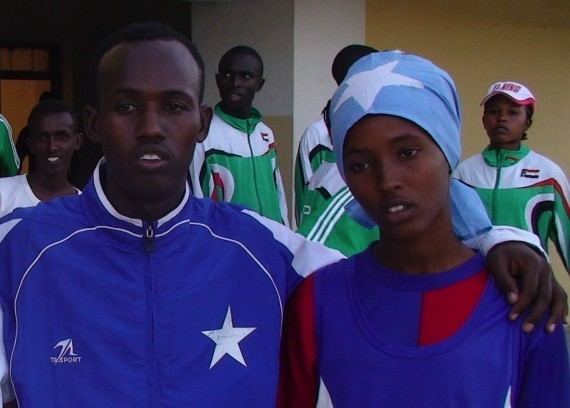
Both Omar's father and uncle were killed following a mortar attack on Bakaara Market, where they worked. Omar was in the eighth grade at the time, and she dropped out of school in response to look after her siblings while her mother sold produce to provide for the family. Following the encouragement of her mother, she decided to take up running. She would train at Mogadishu Stadium, as the family lived nearby in a hovel. The stadium had a gravel running track, pitted with mortar craters from the ongoing Somali Civil War. When not running at the stadium, she would run on the streets of Mogadishu, facing harassment from local militants who did not believe that Muslim women should participate in sporting activities.
Sporting competitions
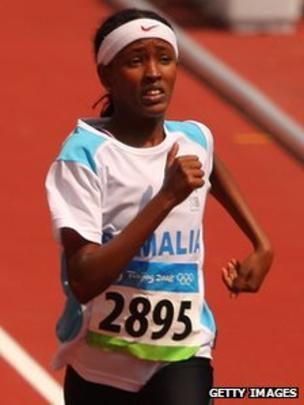
In April 2008, at the 2008 African Championships in Athletics in Addis Ababa, Ethiopia, she finished last in her heat. Omar was selected by the Somali Olympic Committee to compete in the 200 metres at the 2008 Summer Olympics in Beijing, China, between 8 and 24 August 2008. She said the call-up was unexpected, both because of her young age at the time, and because she was from a minority ethnic group.
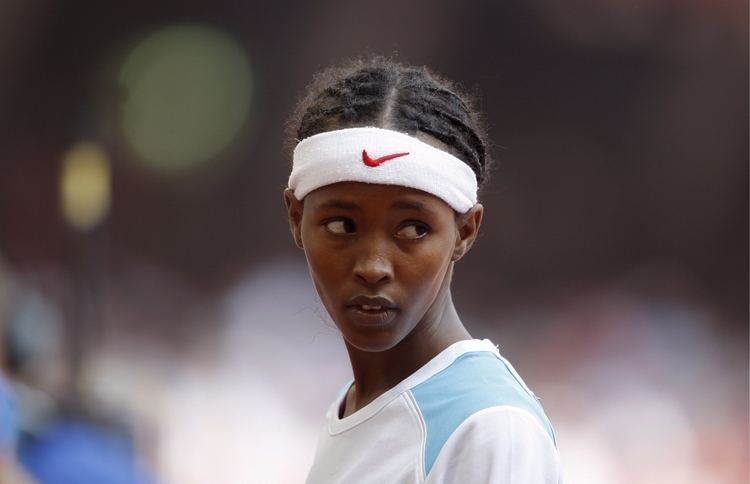
Because of a lack of funding, Omar competed in equipment donated by the Sudanese team, lining up in a heat which included eventual gold medallist Veronica Campbell-Brown from Jamaica. Omar finished some nine seconds adrift of the other runners, with a time of 32.16. The crowd in the stadium gave a huge level of support to Omar, with journalist Charles Robinson saying "I literally got goosebumps. They were just sort of pushing her." and The Guardian suggesting that she received a louder cheer than Campbell-Brown. The story of the Somali girl was picked up by the media prior to the race, but afterwards the interest died down due to the language barrier between Omar and the interviewers and because of her lack of interest in publicising herself.
Post Olympics
Her competition at the Olympics received little coverage in Somalia. Her heat took place at midnight in the East African time zone, and no television or radio broadcasts of it were made locally. As such, none of her family had seen her compete. After a confrontation with the militant group Al-Shabaab, she was left shaken and no longer admitted to others that she was an athlete. By December 2009, she and her family were living in a displacement camp organised by the Islamic insurgent group Hizbul-Islam, located about 20 kilometres (12 mi) outside Mogadishu. Al-Shabaab had banned all women from participating in or watching sports.
In 2011, Omar fled the fighting of the civil war and moved to Addis Abeba, leaving her family behind, partly to pursue her dream of competing at the 2012 Summer Olympics in London, United Kingdom. Now a middle-distance athlete, she was due to begin training with former Olympian Eshetu Tura, who was recommended to her by the prominent Qatar-based Somali track coach Jama Aden and the Olympic medalist Mohamed Suleiman. She was allowed to train with the middle distance Ethiopian team once approval from the Ethiopian Olympic Committee was received. Her personal best time when first meeting with the Ethiopian team was 5 minutes for the 1500 metres; it was made clear that she would need to meet 4:20 to be competitive.
She built up a friendship with Al Jazeera journalist Teresa Krug, who covered her story both at the Olympics and afterwards. Krug later reported that in a desire to find a coach, Omar travelled north towards Europe, crossing the Sudans and entering Libya. Both Omar's family and Krug attempted to talk her out of it, and to remain in Ethiopia where the Somali Olympic Committee were hoping to set up a training camp. Instead, she had paid people smugglers to take her to Libya, where she was imprisoned for a period.
Death and legacy
On 19 August 2012, the Corriere della Sera reported that Samia had died while on her way to Italy on a boat from Libya. The information came from her compatriot and fellow runner Abdi Bile, and was "difficult to verify" according to the newspaper. The story came to light during the 2012 Summer Olympics, although Omar's death had occurred earlier that year in April.
On 21 August, the BBC reported that it had received confirmation of Omar's death from Somalia's National Olympic Committee. The Huffington Post reported that Qadijo Aden Dahir, the Deputy Chairman for Somalia's athletics federation, had confirmed that Omar had drowned off the Libyan seaboard while trying to reach Italy from her home in Ethiopia. Qadijo added that "it's a sad death... She was our favourite for the London Olympics".
The circumstances surrounding her demise were later clarified; she embarked on a perilous journey across the Mediterranean Sea towards Italy on a boat overcrowded with 70 individuals. The vessel quickly depleted its petrol supply and became stranded off the Libyan coast. Upon the arrival of an Italian Navy ship, which extended ropes to the refugees in an attempt to aid them, a tumultuous scene unfolded. Amidst the scramble to secure the ropes, Omar was accidentally pushed into the sea. Despite being seen treading water for a short period, she ultimately succumbed to drowning.
Her story has been described in the book Non dirmi che hai paura ("Never say you are afraid") by Italian writer and journalist Giuseppe Catozzella. The rights for the English language version of the novel was acquired by Penguin Books, and there was interest in turning the work into a film. In 2015, German graphic novelist Reinhard Kleist published his graphic novel Der Traum von Olympia – Die Geschichte von Samia Yusuf Omar ("An Olympic Dream – The Story of Samia Yusuf Omar") at Carlsen Verlag. It was named the Luchs book of the year for 2015. The graphic novel was translated into English and published by SelfMadeHero in 2016.
